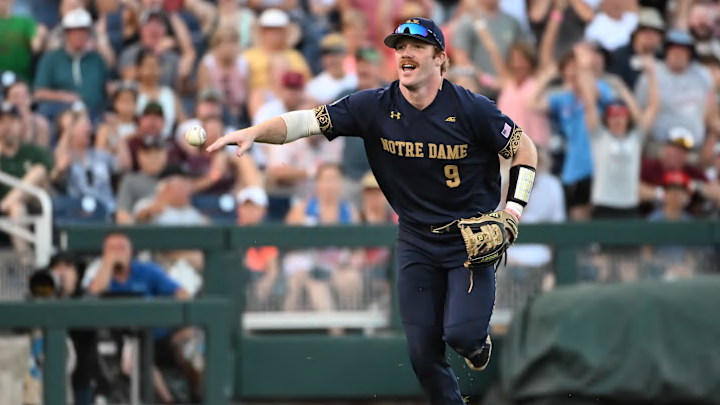Dariel Lopez
Dariel Lopez has missed the entirety of the 2023 season due to a dislocated knee. Lopez had a breakout 2022 campaign, and he looked like he could be on track to be a potential infield option for the Pirates within the next year. Lopez has a relatively high offensive ceiling, though his defensive home has been left up to question.
During his age-20 campaign, Lopez batted .286/.329/.476 with a .359 wOBA and 116 wRC+ at Greensboro. The infielder hit for both average and power, smacking 19 home runs and having a .189 isolated slugging percentage. But he also struck out in about a quarter of his plate appearances (25.5%) while having a poor 5% walk rate. In Lopez’s defense, he did perform much better in the months following summer, owing a .859 OPS, .382 wOBA, and 132 wRC+ from June onward.
There are real questions about Lopez’s hit tool. He strikes out a little more often than you like to see. Lopez also struck out about a quarter of the time in 2021 as well. Plus, his walk rate of 5% is worrying, considering it dropped 4.9% from 2021. However, Lopez has some real power potential. If he can improve his hit tool, you might be looking at a guy who could crush 25-30 home runs at his peak.
Lopez was considered a below-average runner and a poor fielder even before his injury. Lopez played a little bit of everywhere in the dirt during 2022. He mostly lined up at third base, but also both middle infield positions. Lopez might be able to handle third base, but at an average level at best. That means that in the long term, he might end up at first base. He isn’t wholly unfamiliar with first, though he hasn’t played the position since 2019.
Now that Lopez underwent a serious injury to his leg, the middle infield could be out of the question for him. It was always questionable if he’d be able to play either second base or shortstop in the long run, and a dislocated knee did not help his cause. I wouldn’t be surprised if the Pirates gave Lopez the reins at first base next year for Altoona.
